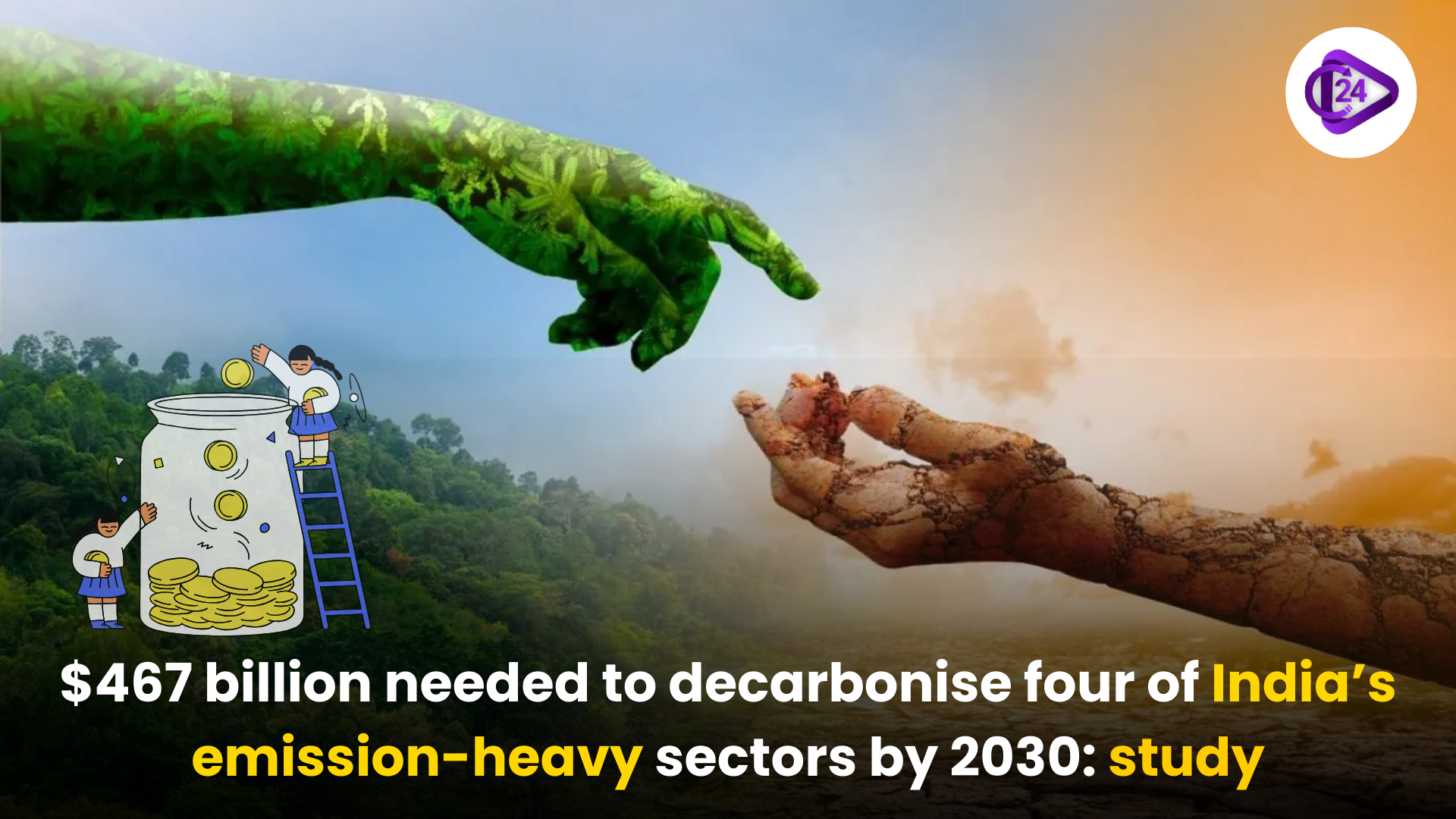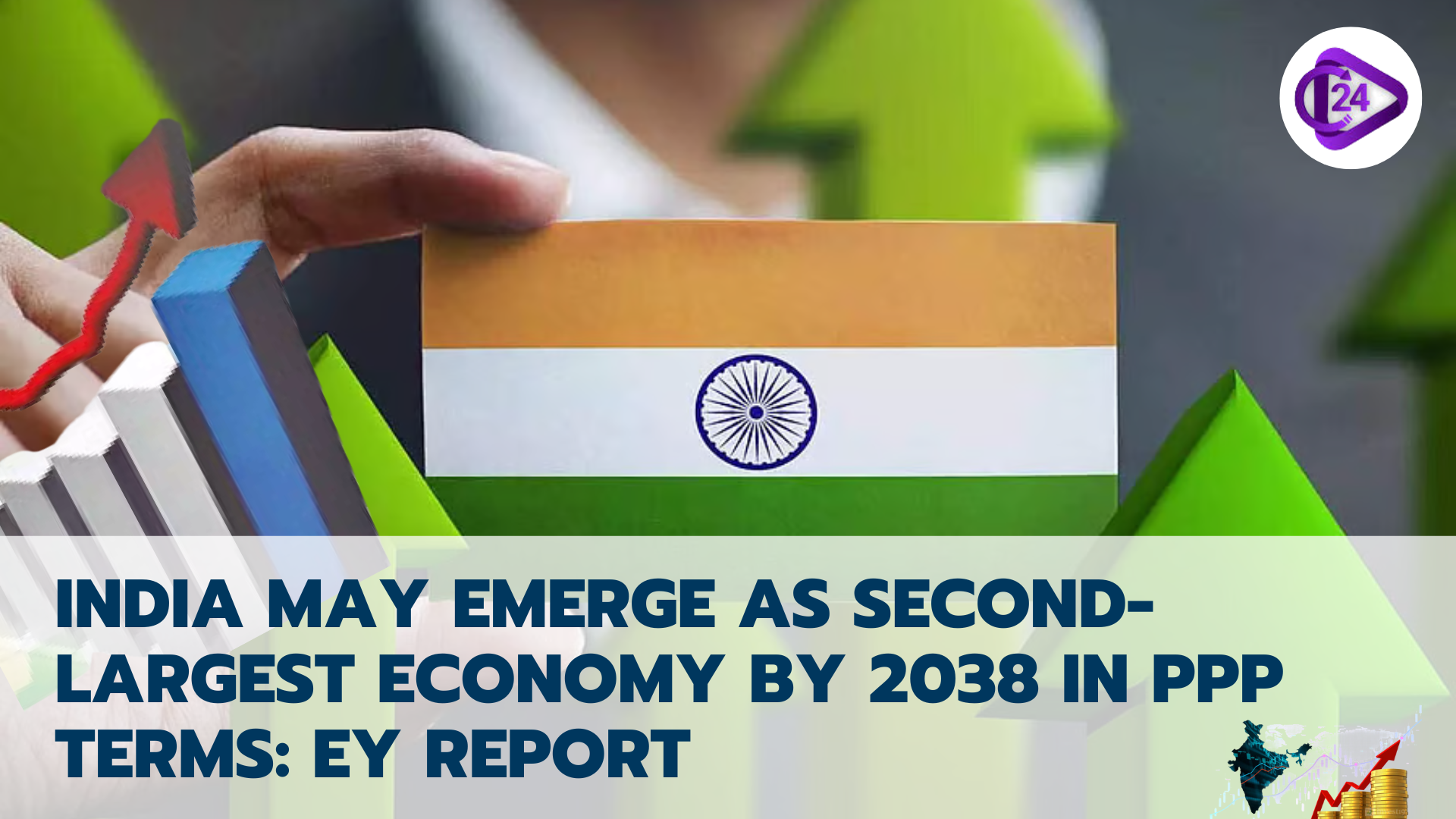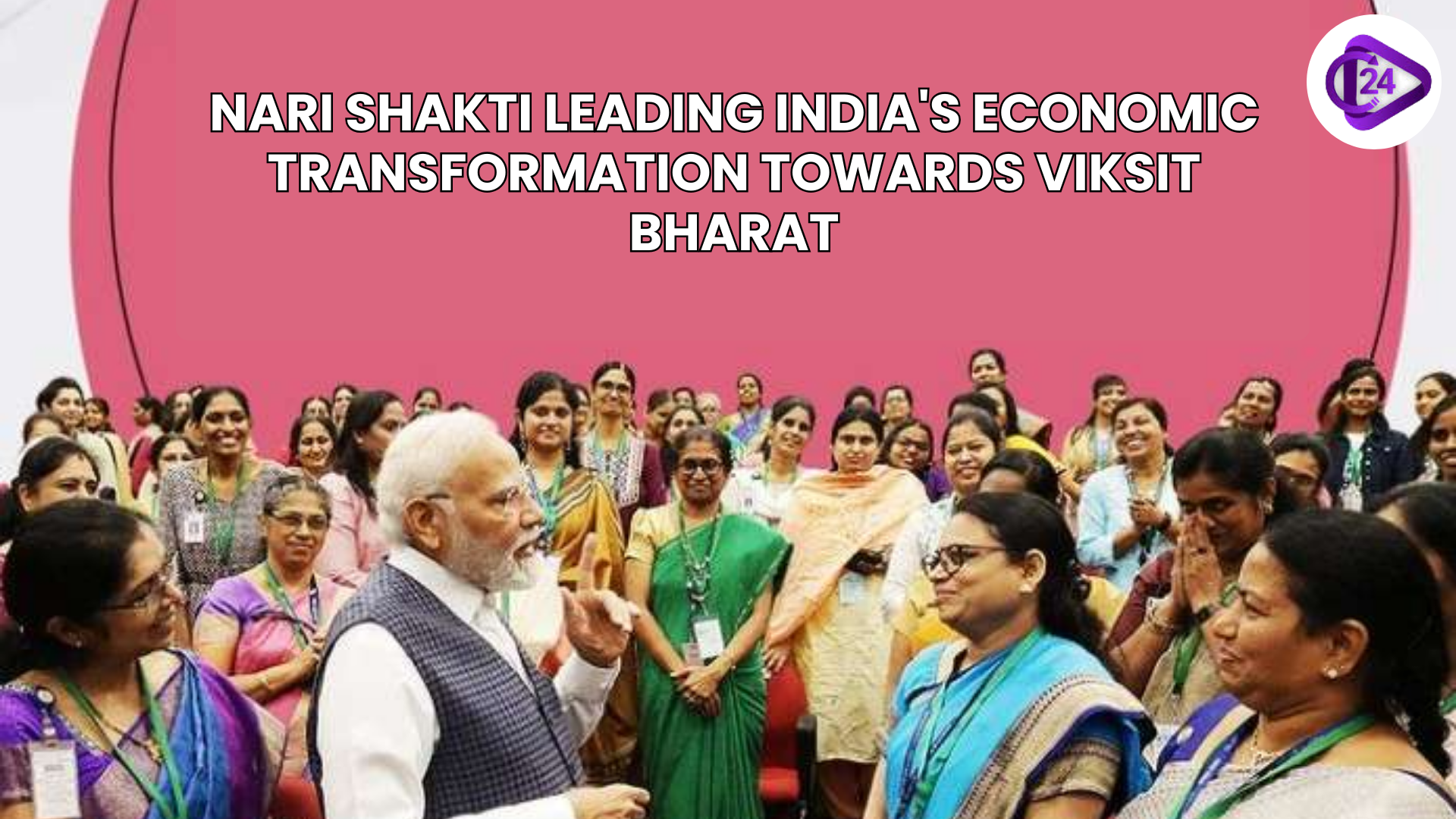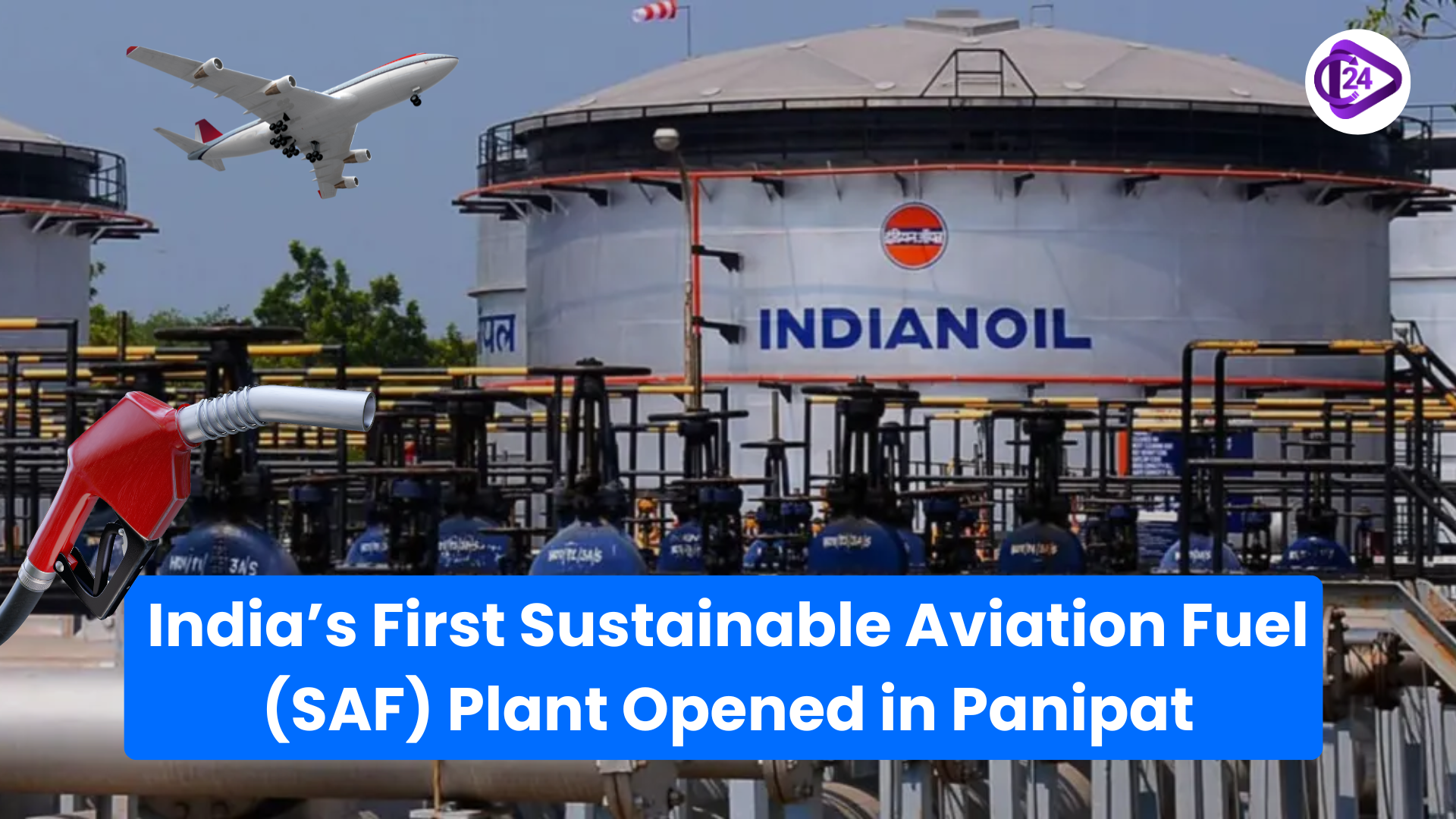
As reported by Road Transport and Highways Minister Nitin Gadkari, India has become the 3rd biggest automobile market in the world. During his official speech on the occasion of the Green Revolution - 2025 event held on World Biofuels Day in New Delhi, Gadkari revealed the main specifics of India automobile industry that, as he states, is very large in terms of national presence that, in its turn, is currently overshadowed by such green initiatives like using ethanol and green hydrogen as the sources of future energy.
Key Points
-
The automobile industry in India can be assessed at 22 lakh crore and next in the rank comes the US with 78 lakh crore and China with 49 lakh crore.
-
The industry has already generated 4.5 crores of employment opportunities.
-
Successful ethanol blending program of 2024 to reach 15 percent of expected 20 percent achieved by 2025-2026.
-
There is a place in India for green hydrogen as a source of energy in the future.
Growth Trajectory of India’s Automobile Sector:
-
Early Liberalization (Post-1991): India de-licensed its automobile industry in 1991 and so, opened the doors to 100 percent Foreign Direct Investment (FDI) that introduced the world players such as Suzuki, Hyundai and Honda into the nation.
-
Others: Vehicle production in India has increased to 28 million annually in 202324, a value as compared to 2 million in 199192 and the industry currently accounts to about 6 percent to the India GDP.
-
Economic Effect: Automobile industry has a turnover of USD 240 Billion with a direct and indirect employment of approximately 30 million. The auto components industry is also a major piece as it contributes 2.3 per cent to GDP.
-
Exports: Exports of the sector amounted to 4.5 million units in FY24 and principal export markets included Europe, North America, and Asia.
Key Initiatives Under Make in India:
-
FAME-II Scheme: Supports EVs to be adopted with incentives on 16.15 lakh EVs and 10985 charger points.
-
PLI-Auto and PLI-ACC Schemes: Encourage the research on the development of a more advanced automotive encompassing EVs and hydrogen fuel-cell components and create a target to establish a 50 GWh battery manufacturing ecosystem.
-
Electric Drive Revolution: A program that inherits electric vehicles, e-buses, e-trucks and required charging stations.
Challenges to the Indian Auto Industry:
-
Import Dependency: The industry has a high concentration on dependency on imports on essential components such as lithium-ion cells and semiconductors that influence the supply chains.
-
Low EV penetration: EV penetration in India is at 6.6 percent which is well below international standards because of high vehicle cost/bad infrastructure, and range anxiety.
-
Skilled Workforce Shortage: There is shortage of skilled workforce in automation, fuel cells and hydrogen technology.
-
Emission Norms: Increased corporate fuel efficiency standards (CAFE III & IV), coming into effect will entail expensive retrofit moves to cleaner technologies.
Way forward
-
Localization: India can cut reliance on imports by domestic production of important raw materials like lithium, rare earth elements.
-
Infrastructure Development: Overall expansion of EV charging stations, especially in tier-2/3 cities and beyond will facilitate the greater use of EV.
-
Enhancement of Green Mobility: Green mobility could be facilitated by supporting fleet conversions to EVs by attempting policies that encourage EV fleets, battery swapping and green logistics.
Conclusion:
The enormous growth and future prospects of the automobile industry in India can be attributed to the fact that India is currently the 3rd largest automobile market in the world. Other developments, like import dependency, EV adoption rates, and workforce shortages notwithstanding, major government plans to implement under Make in India, including FAME-II and the PLI plans, are preparing the way to sustainable growth. With the help of such strategic investments in infrastructure, localization and green technologies,India can ensure that it will remain the relevant global automotive industry giant in the world and on its path to its future environmental targets.



 APEDA launches BHARATI initiative to boost agri-food exports
APEDA launches BHARATI initiative to boost agri-food exports $467 Billion Needed to Decarbonise India’s Four Major Sectors by 2030
$467 Billion Needed to Decarbonise India’s Four Major Sectors by 2030 Bihar Cabinet Approves Mukhya Mantri Mahila Rozgar Yojana to Empower Women Entrepreneurs
Bihar Cabinet Approves Mukhya Mantri Mahila Rozgar Yojana to Empower Women Entrepreneurs Nearly 60% of MGNREGS Budget Already Spent in First 5 Months of Financial Year
Nearly 60% of MGNREGS Budget Already Spent in First 5 Months of Financial Year India May Emerge as Second-Largest Economy by 2038 in PPP Terms: EY Report
India May Emerge as Second-Largest Economy by 2038 in PPP Terms: EY Report Unleashing India’s Power Sector: Key to Economic Competitiveness
Unleashing India’s Power Sector: Key to Economic Competitiveness Nari Shakti Leading India's Economic Transformation Towards Viksit Bharat
Nari Shakti Leading India's Economic Transformation Towards Viksit Bharat PM Modi to Inaugurate SEMICON India 2025 – India’s Biggest Semiconductor & Electronics Show
PM Modi to Inaugurate SEMICON India 2025 – India’s Biggest Semiconductor & Electronics Show Private Sector Share in Defence Production Increases to 22.5%
Private Sector Share in Defence Production Increases to 22.5% India’s First Sustainable Aviation Fuel (SAF) Plant – Used Cooking Oil
India’s First Sustainable Aviation Fuel (SAF) Plant – Used Cooking Oil






